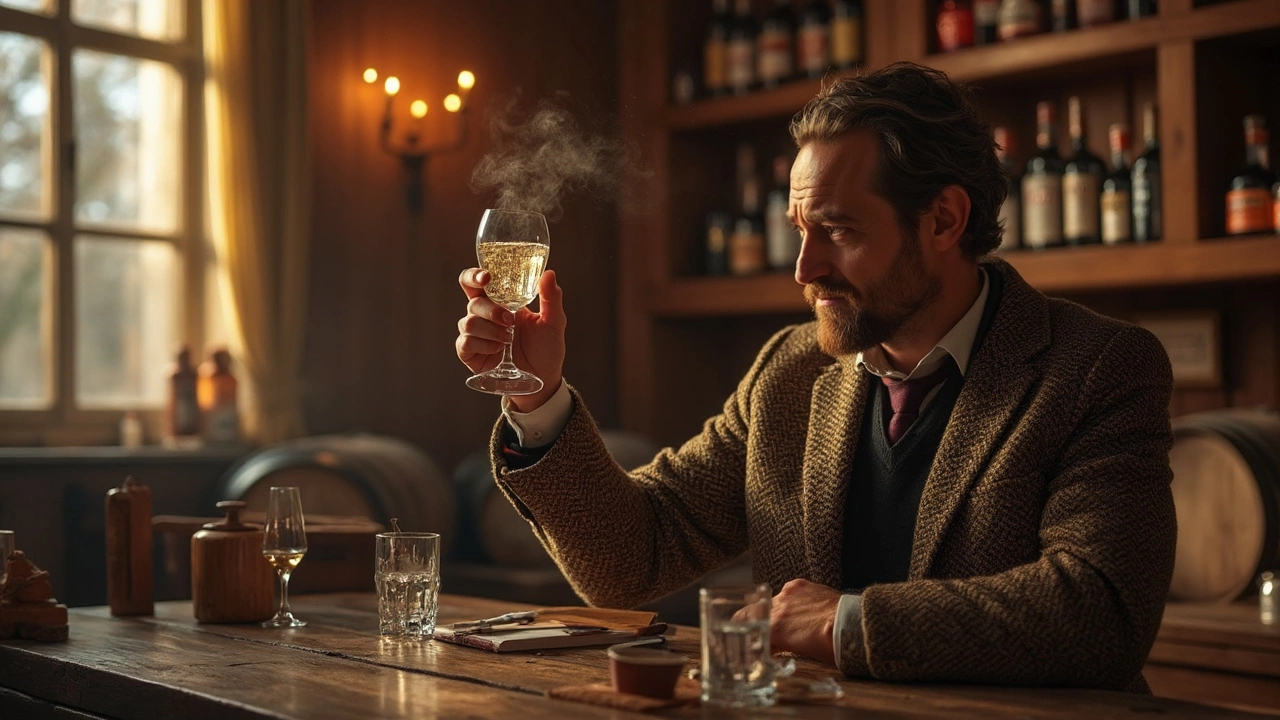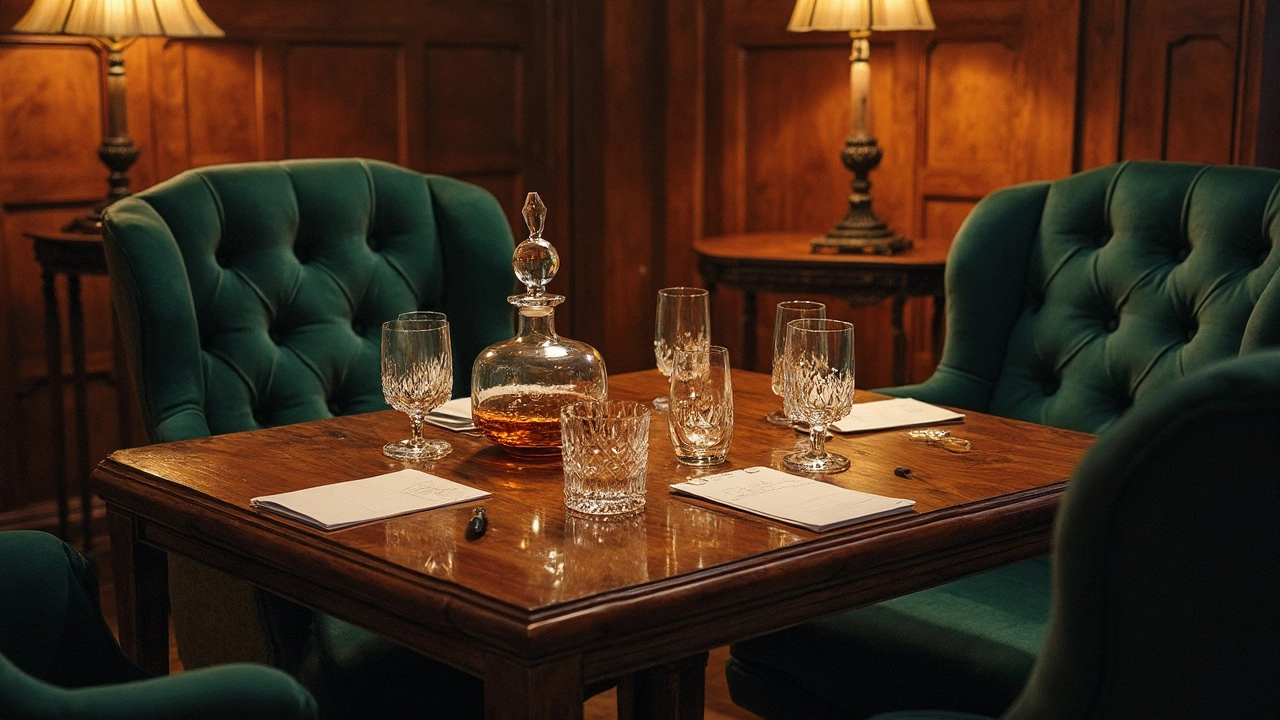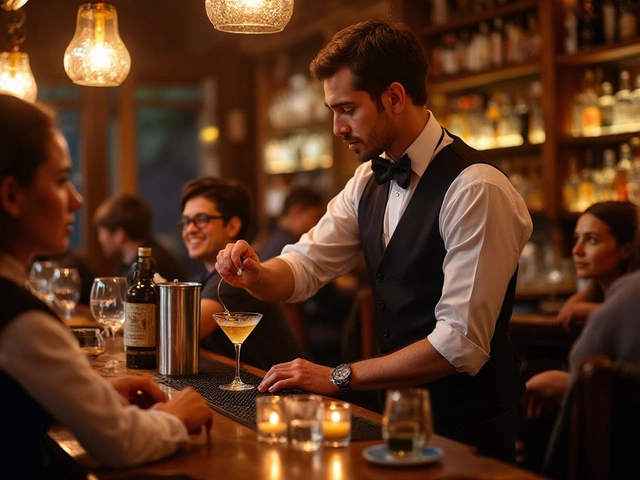Spirits Guide: Tips, History, and Tasting Tricks
Looking for a simple place to learn about whisky, vodka, gin, rum, and other spirits? You’re in the right spot. This guide gives you the basics on picking a bottle, tasting it right, and pairing it with food. No jargon, just clear advice you can use tonight.
Choosing the Right Spirit
Start with what you’ll use the spirit for. If you want a clean sip, go for a high‑proof vodka that’s filtered well. For a complex sip, pick a single‑malt whisky aged at least three years. Gin lovers should check the botanical list – more juniper means a classic profile, while citrus notes add freshness.
Price isn’t the only factor. A mid‑range bottle can outperform a pricey one if it matches your taste. Look at the label for age statements, mash bills, and country of origin. Those clues tell you a lot about flavor before you even open the bottle.
Tasting and Pairing Tips
When you taste, use three steps: look, sniff, sip. Hold the glass to see color, then swirl and inhale the aromas. Take a small sip, let it coat your tongue, and notice the finish. This method works for any spirit and helps you spot what you like.
Food pairing is easier than you think. Whisky pairs well with smoked cheese or dark chocolate because the richness balances the spirit’s oak. Vodka’s neutrality makes it a good match for salty snacks like olives or pickles. Gin’s botanical flavors shine with citrus salads, seafood, or light appetizers.
Don’t forget simple palate cleansers. A slice of apple or a few crackers can reset your taste buds between different spirits, letting you appreciate each one more clearly.
Store spirits upright in a cool, dark spot. Unlike wine, they don’t need a cellar, but exposure to light and heat can mute flavors. Keep bottles sealed tightly to prevent oxidation, especially for opened bottles that sit for weeks.
Safety matters. Know your limits and never mix spirits with driving. If you’re tasting at home, alternate with water or a non‑alcoholic drink. This keeps you sharp and lets you enjoy more flavors without overdoing it.
Finally, experiment. Try a classic cocktail first, then taste the spirit neat. You’ll notice what the mixers add or hide. Keep a small notebook of your impressions – flavor, aroma, food pairings – and you’ll build a personal guide faster than you expect.
Choosing a good vodka isn't just about grabbing a cool-looking bottle off the shelf. It's about understanding what makes a vodka good, from the smoothness and aroma to the quality of ingredients used. While price can be an indicator, it's not the only factor to consider. This guide will help you identify what to look for so you can enjoy a quality vodka experience, whether sipping neat or mixing into cocktails.
View DetailsSpirit tasting isn't just for connoisseurs or fancy soirées; anyone can start at home with the right approach. From setting the scene with glassware to understanding aroma and palate, this guide covers all the essentials. You’ll learn about pacing, palate cleansing, and how to identify those elusive 'notes' in your spirits. Get ready to expand your knowledge and impress your friends at your next gathering. Clear, practical tips make it easy to appreciate spirits like a pro.
View Details


